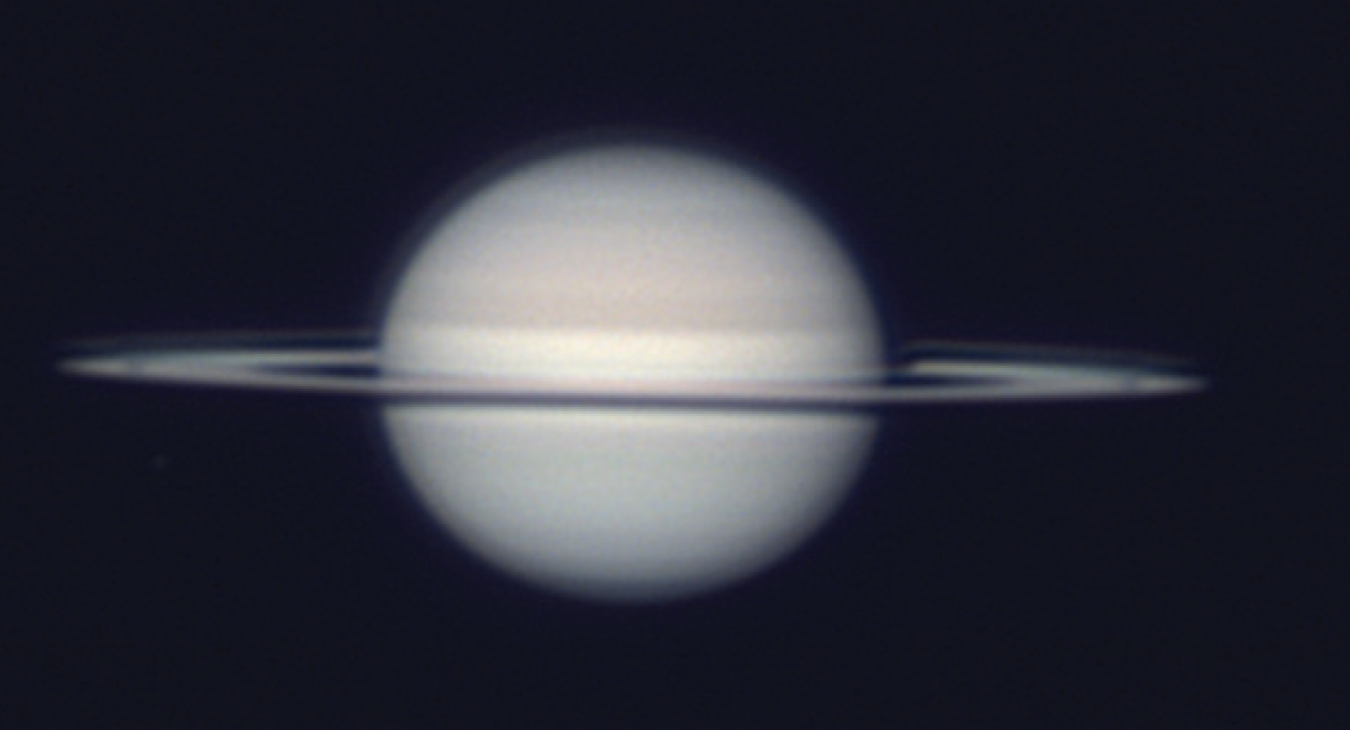Catch Sight of Saturn's Rings
By Alan Hale
Our September evening skies feature a growing presence of our fellow planets. Venus continues its very gradual ascent out of the twilight and, by the end of the month, sets around dusk. Saturn, meanwhile, is at opposition—directly opposite the sun in the sky on Sept. 7. Around this time, it rises around sunset, is highest above the horizon around midnight, and sets around sunrise. Ten days later, on the morning of Sept. 17, the nearly full moon occults—or passes in front of—the ringed planet.
Although Saturn’s rings orbit in the plane of that planet’s equator, due to the varying positions of Earth and Saturn in their respective orbits around the sun, we sometimes see the north side of the rings and at other times the south. For the past few years, we’ve had a good view of the rings’ north side, but now they are in the process of closing up. We will see them edge-on next year, after which we’ll start to see their south side. The next few months present the last, best opportunities to see the rings fairly closed up before they disappear from view.
Jupiter and then Mars rise during the hours before midnight and are quite high in the east by the start of morning twilight. Mercury also puts in a morning-sky appearance in early September, rising around the beginning of dawn for the first week. On the first morning of the month, it will be close to the thin crescent moon.
A small partial eclipse of the moon takes place the evening of Sept. 17. The moon enters the umbra, the Earth’s dark inner shadow, at 8:13 p.m.—shortly after moonrise—and exits an hour later. At mid-eclipse, about 8% of the moon will be within the umbra. Two hours after the end of the eclipse, the full moon will occult the distant planet Neptune, although it will be difficult to see due to the moon’s high brightness.

